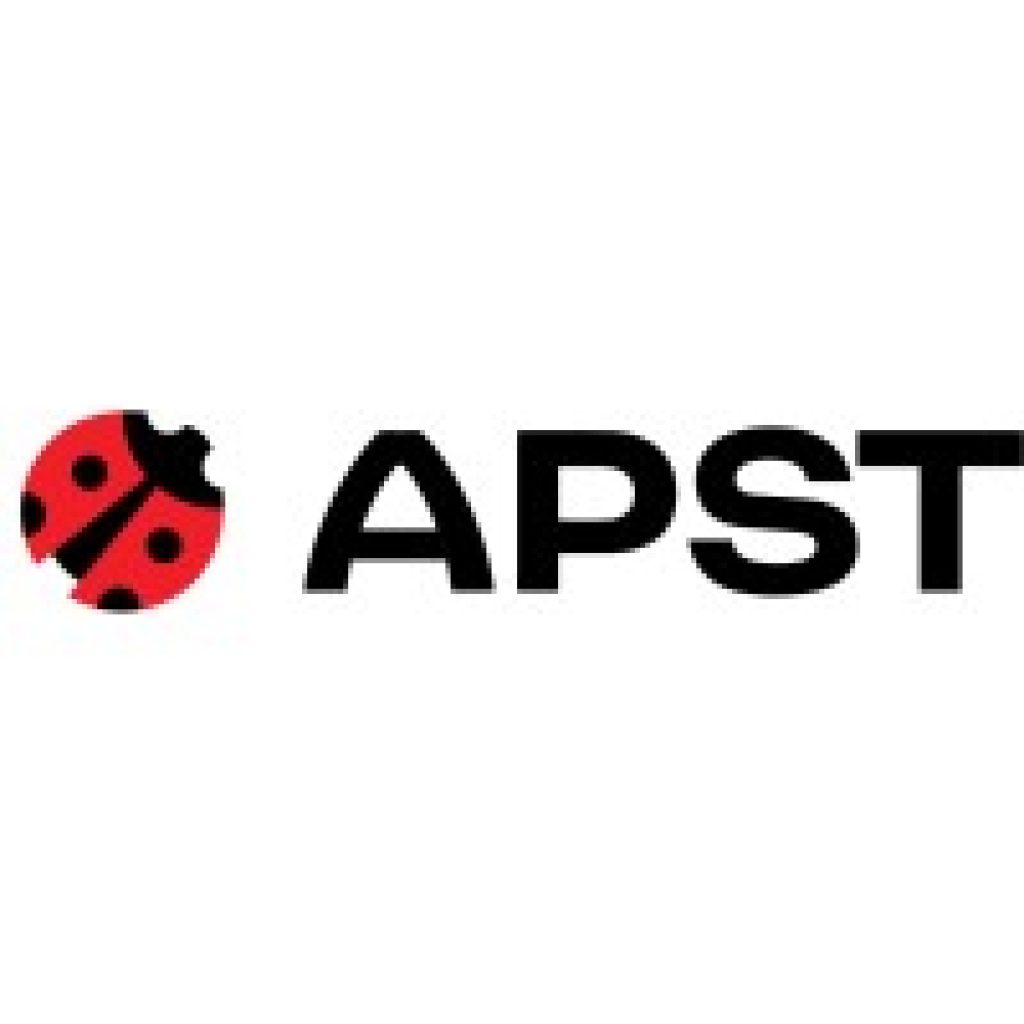FISHING TRIP ALASKA
Overview
Alaska has always been a favourite destination for Pac Voyages and we have been organising trips to the various extraordinary spots of this region for over 30 years. This year we are keeping Lake Creek and its great lodge which has the advantage of seeing runs of all the species of Pacific salmon during the season.
So, if:
You’re a fan of fly, lure or bait-fishing
You’re alone or in a group of anglers
You want to get away from it all
You like nature
Then this is the destination for you!
Geography
The land of the midnight sun, the last frontier, Alaska, the 49th state of the US is, indeed, a country of contrasts. One fifth of the size of the US, its land area is 1518800 km 2 and it measures 3862 km from east to west and 2285 km from north to south. It is bordered by the Arctic Ocean to the north, by the Yukon to the east, by British Columbia to the south-east, by the Gulf of Alaska and the Pacific Ocean to the south and by the Bering Sea, Bering Strait and Chukchi Sea to the west. During your stay, you will be fishing Lake Creek, a tributary of the Yentna located only a 3/4 hour flight by floatplane from Anchorage.
Accommodation
The Lodge is located about 300m upstream from the mouth of Lake Creek, on the banks of the River Yentna.
There are several buildings on the 27000m2 estate : the main lodge with kitchen, dining-room, tackle shop, and 5 deluxe rooms with showers and toilet, and 9 cabins with different styles of architecture. Both the rooms and the cabins have a certain ‘Alaskan’ style. The main cabin, which has a bathroom, is fitted with a sauna.
A workshop and a shelter for the generator can also be found in this park, surrounded by a cottonwood forest.
For the more demanding among you, deluxe cabins (with private bathroom and toilet) are available at an extra charge.
To sum up, this lodge will suit everyone, even those who don’t want to give up their comfort.
The tackle shop will provide you with the lures that might just catch the fish of a lifetime!
Fish can be frozen on site.
Fishing
Lake Creek is one of the most productive rivers in Alaska with regard to spawning. It originates in a lake about 120 km upstream from the mouth of the Yentna. The five species of Pacific salmon all come up this river to spawn. The King, SIlver, Chum and Pink are present in the river whereas the Sockeye is the only one to spawn in the lake. The Lodge’s boats will be available throughout your stay (maximum 3 anglers per boat)
The Salmon
The King (Chinook Salmon)
The King is the largest of all Pacific salmon. It has black spotting on the dorsal and caudal fin. They also have a black pigment along the gum line which other species don’t have. In the ocean, the back is bluish-green, the sides silver and the belly white. When they come back into fresh water, they become red to copper. Males have more red coloration than the females and have a hooked nose.
The Silver (Coho Salmon)
For most anglers, especially those who fly-fish, the Coho salmon is the most interesting. They are certainly the most agressive. The average weight is from 8 to 12 pounds and the record for Alaska on the rod is 31 pounds. Adults in salt water or newly returning to fresh water are bright silver with black spots on the back and the upper part of the tail fin. They can be distinguished from King salmon as they have no black spots on the lower part of the tail and by their grey gums. Spawning adults have dark backs and heads with reddish sides. The male develops a pronounced hook on the nose.
The salmon arrive in July in order to pass the rapids and falls in low waters. Silvers usually run more slowly than the other species of salmon and may stop for several days in deep pools. Only when the eggs are ready do the fish move to the spawning grounds where the eggs are then deposited immediately. This behaviour is different from other species of salmon which go directly to the spawning grounds.
The Sockeye, Blueback
Sockeye usually weigh from 4 to 8 pounds. Young sockeye have a greenish-blue top , silver flanks and a white belly. Breeding-age males develop a humped back and hooked jaws with visible teeth. Both sexes will have dark red bodies and greenish heads. Sockeye are different from Silvers and Kings in that they have no black spots. Chum have no black spots either but can be distinguished from the Sockeye as they have from 19 to 26 short, stout gill rakers whereas the Sockeye has from 28 to 40 slender gill rakers.
Pink Salmon, Humpback
Pink Salmon are the smallest salmon species found in Alaska and most weigh from 2 to 4 pounds. The name Humpback comes from the humped back which the males develop when they return to fresh water. The name Pink comes from the colour of their flesh. In the ocean, they have greenish-blue tops and silvery sides. They have large black spots on the back and tail.
Chum Salmon, Dog Salmon
The Chum Salmon is the second-biggest Pacific salmon, just after the King. Chums reach a weight of 8 to 18 pounds and the record is 32 pounds (1985, Caamano Point). In the ocean, it is quite difficult to differentiate them from Sockeye and Silver. When they reach the coast, their aspect changes very rapidly. They develop red to purple stripes which are very marked on the male. Females develop a dark horizontal bar along the lateral line.

Administrative requirements
French, Swiss, and Belgian citizens do not need a visa to enter the US if they have an electronic or biometric passport valid at least six months after their return date or if they have a machine-readable passport issued before 26th October 2005. If they do not have this type of passport , they should apply for a visa from the US embassy. If you do not know if your passport enables you to enter the US without a visa, do contact us for more details.
You must have the ticket for your return flight.
Since the 12th January 2009, all passengers going to or passing through the US are required to fill in an ESTA form on internet on the site : https://esta.cbp.dhs.gov
This must be done in advance in order to have an authorization to travel at least 72 hours before departure.
Other nationalities : please contact your embassy
Health : no vaccinations required
Language : English. Alain, your host, speaks a little French
Time: 10 hours behind France. (when it’s noon in France, it’s 2am in Alaska)
Climate: The surface area of Alaska is large and the weather varies; southern parts are damp and mild, inland, the weather is cool and dry and northern parts are cold and dry.
Currency: the currency is the US dollar




